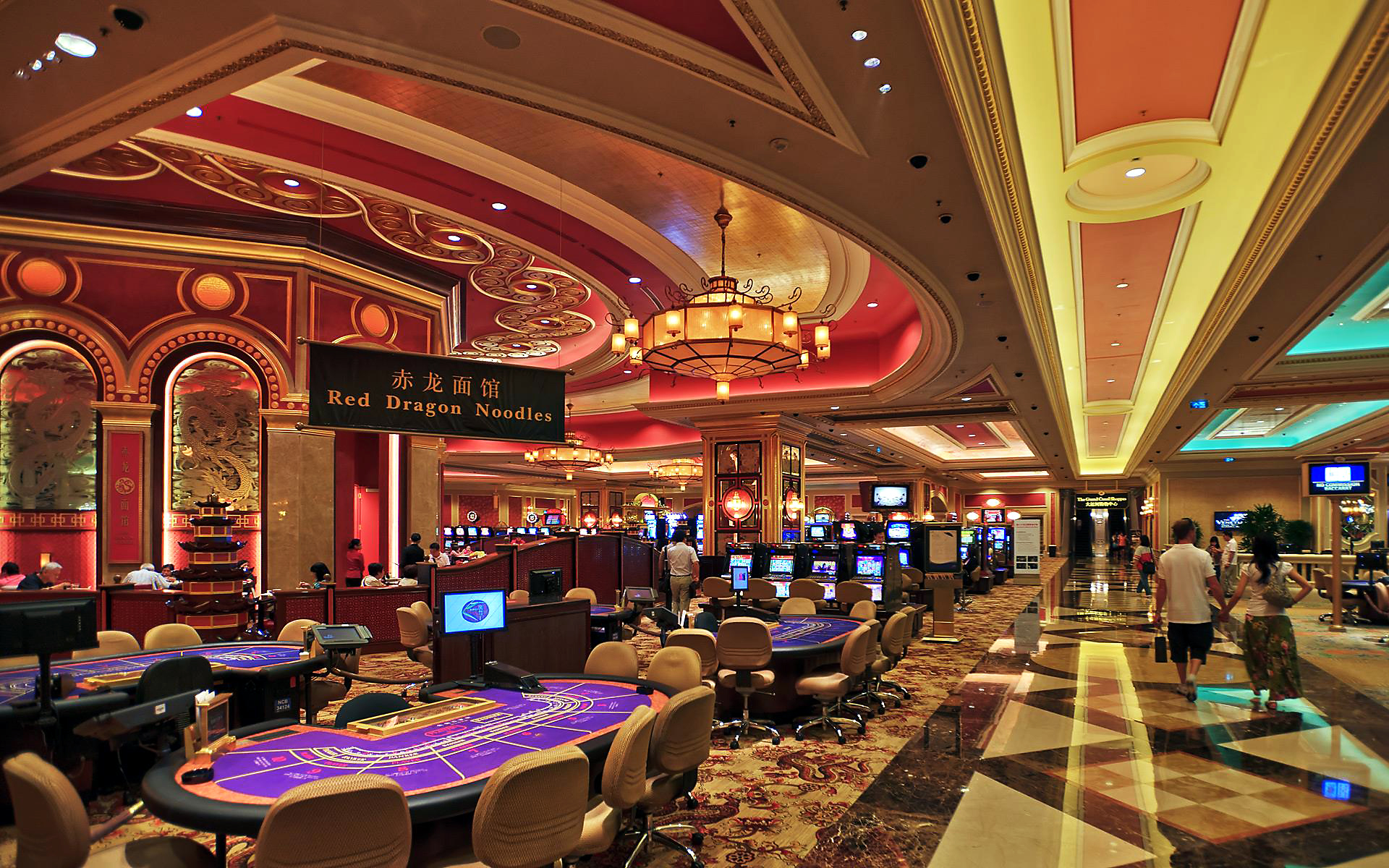
Gambling games have long captivated the human imagination, drawing gamblers into a realm filled with fortune, strategy, and the allure of thrill. Each experience is meticulously crafted not just for fun, but also to evoke particular emotional responses that keep participants involved and committed. Understanding the drives behind these designs reveals much about how behavioral psychology plays a key role in the gaming experience.
From the bright lights and lively sounds to the intricate layering of rules and rewards, casino games are designed to create an atmosphere of anticipation and expectation. Game designers leverage mental cues to influence participant behavior, whether through the use of big prizes, close-call situations, or social connections. By examining these aspects, we can better appreciate how casino games fulfill not just a want for entertainment, but deeper psychological needs for thrill and risk.
Comprehending Player Behavior
Casino games are designed with a profound understanding of player psychology, which is essential for luring and keeping players. The thrill of the game, coupled with the hope of winning, produces a strong draw. Game designers make use of elements like sound effects, colorful graphics, and engaging gameplay to engage attention and elicit emotional responses. These sensory effects enhance the immersive experience, making players feel more invested in the game.
Another important aspect of player behavior is the concept of risk/reward dynamics. Casino games often weigh high-stakes situations with the potential for significant rewards, which can cause the event known as near-miss effect. When players come near to winning, the brain secretes dopamine, strengthening their behavior and encouraging them to continue playing in search of that fleeting win. This cycle of anticipation and letdown plays a crucial role in how games are structured and advertised.
Lastly, community aspects also play a pivotal role in player behavior at casinos. Many games are made to be played in groups or with other players, creating a sense of togetherness and shared experience. The social interaction inherent in games like blackjack enhances enjoyment and can culminate in prolonged gaming periods. Designers capitalize on this by crafting environments that invite players to remain, interact, and revisit, making the overall casino experience more inviting.
The Role of Visuals and Sound
Visuals and sound play a significant role in elevating the player’s experience within gambling games. Designers utilize vibrant colors, eye-catching graphics, and engaging animations to attract gambler’s attention and hold their focus. The use of motifs, such as adventure or luxury, helps create an enthralling atmosphere that takes players into another world. By appealing to the senses, these elements add to a heightened emotional response, prompting players to interact more deeply with the games.
Sound design is just as important in enhancing the experience of casino games. The mix of ambient music, audio effects for winning combinations, and environmental noises creates an sound landscape that keeps players enthralled. Sounds associated with wins, such as chiming bells or celebratory music, evoke feelings of excitement and reward, prompting players to keep playing. These audio cues are strategically placed to enhance the excitement of the game and create a more engaging experience.
Moreover, the alignment of imagery and sound is crucial for reinforcing the game’s overall concept and mood. Each element should align harmoniously to create a unified experience that draws players in. The effective use of this integration not only improves user enjoyment but also increases the chances of return play, as players become more engaged in the captivating world that the gambling games offer. This thoughtful combination of visuals and sound ultimately enhances player involvement and loyalty.
Reward Systems and Engagement
The design of casino experiences significantly relies on reward structures to keep players engaged and returning for additional experiences. These structures are based in psychological principles that take advantage of human behavior and desire. Players are often driven by the thrill of success, which is supported by instant responses through the game’s mechanics. This instant gratification not just enhances the overall experience but also cultivates a feeling of achievement, prompting players to keep participating in hopes of greater gains.
Gaming establishments adopt various reward structures, including jackpots, extra rewards, and increased rewards, to captivate players. These elements create a level of excitement that sustains interest. Additionally, the unpredictability of outcomes plays a crucial role in keeping attention. The variable reward system, where wins are random but occur often enough, maintains players on edge and driven to keep playing. J88 This cycle of anticipation and expectation is essential to the success of gambling experiences.
In addition, community aspects, such as tournaments and collaborative options, enhance the engagement factor by leveraging the desire to compete of participants. The shared experience of playing with others can amplify the thrill of winning and create a community atmosphere within the casino. By integrating these social dynamics with effective incentive structures, casino games not only offer entertainment but also foster a deeper bond among players, solidifying their loyalty to the overall experience.